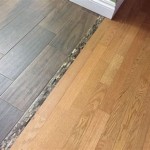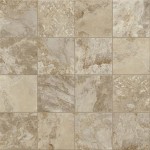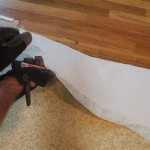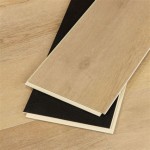Installing a floating hardwood floor can be a great way to add the beauty of hardwood flooring to your home without the added expense of traditional hardwood flooring installation. Floating hardwood floors are designed to be installed without having to be nailed or glued down. This makes them easier to install and can save you time and money.
Benefits of Floating Hardwood Floor Installation
Floating hardwood floor installation has many benefits that make it an attractive option for homeowners. The biggest benefit is that it is easy to install and requires less time and effort than traditional hardwood floor installation. It also requires no nails or glue, which can save you money and time. Floating hardwood floors are also more resistant to warping and shifting, making them a great choice for high-traffic areas.
In addition, floating hardwood floors are often more affordable than traditional hardwood flooring. This is because they require less material and labor to install. Floating hardwood floors also come pre-finished, which means they are already stained and sealed when they arrive, eliminating the need to finish them after installation.
Preparing the Subfloor
Before installing a floating hardwood floor, it is important to prepare the subfloor. This involves making sure the subfloor is level, clean, and free of dust, dirt, and debris. It is also important to make sure that the subfloor is dry and free of moisture, as this can cause the floor to warp or buckle.
Installing the Underlayment
Before installing the floating hardwood floor, you need to install the underlayment. This is a foam layer that helps to provide cushioning and prevent the floor from squeaking. It also helps to reduce noise and protect the hardwood floor from moisture. When installing the underlayment, make sure that it is spread evenly and that the seams are properly sealed.
Laying the Floating Hardwood Floor
Once the underlayment is in place, you can begin laying the floating hardwood floor. This is done by lining up the planks and then locking them together. Make sure that the planks are properly aligned, as any gaps can cause the floor to buckle or warp. Also, make sure to use a mallet to gently tap the planks into place, as this will ensure a tight fit and a professional looking finish.
Finishing the Installation
Once the floor is installed, the final step is to finish the installation. This involves adding any trim or molding and then applying a sealant or finish. This will help protect the hardwood floor and make it last longer. After the sealant has been applied, it is important to allow it to dry completely before walking on it.
Maintenance and Care Tips
Once your floating hardwood floor is installed, it is important to take proper care of it. This includes regularly sweeping and vacuuming the floor to remove dirt and debris. It is also important to use protective mats and rugs to help protect the floor from spills and scratches. In addition, it is important to use the proper cleaning products to keep the floor looking its best.

:no_upscale()/cdn.vox-cdn.com/uploads/chorus_asset/file/19493784/howto_tilefloor_04.jpg)













Related Posts








